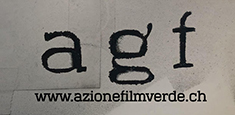Lugano (lake)
Lugano (lake)
Lugano is the main urban center of Italian-speaking Switzerland. It has an area of approximately 75 km2 and is home to an exceptionally rich landscape. The presence of the lake, mountains and valleys, extensive forested areas and steep slopes and paths overlooking the water characterize the region, known for its Mediterranean climate and the variety of flora that can be found there. From its beginnings as a medieval town, the traces of which can still be seen in the buildings and streets that fan out below the cathedral, Lugano first opened up to the influences and to the fashions of the Belle Époque, followed by the spirit of the modern age. Strolling along the lakefront, you can admire fine examples of architecture; the old town is one of the most picturesque corners of the city: it is here that a pleasant route winds its way, animated by boutiques, art galleries and artisan jewellers, with steep cobbled streets leading up to the station. While the contemporary is represented by the modern and particular building of the LAC-Lugano Arte e Cultura cultural centre, located in splendid contrast next to the former Hotel Palace, now completely renovated, and the fifteenth-century Church of Santa Maria degli Angioli with its well-known frescoes by Bernardino Luini, the Convent, and the ancient cloister. These elements coexist with an urban diversity derived from the growth of Lugano through successive aggregations: in fact, the city includes the lakeside village of Gandria, the nucleus of Carona where Meret Oppenheim lived or, again, the Sciaredo atelier-house in Barbengo, one of the first examples of Modernism to be preserved in its original state and still a refuge for artists. Contrasting elements integrated into the landscape and balanced between innovation and tradition.





